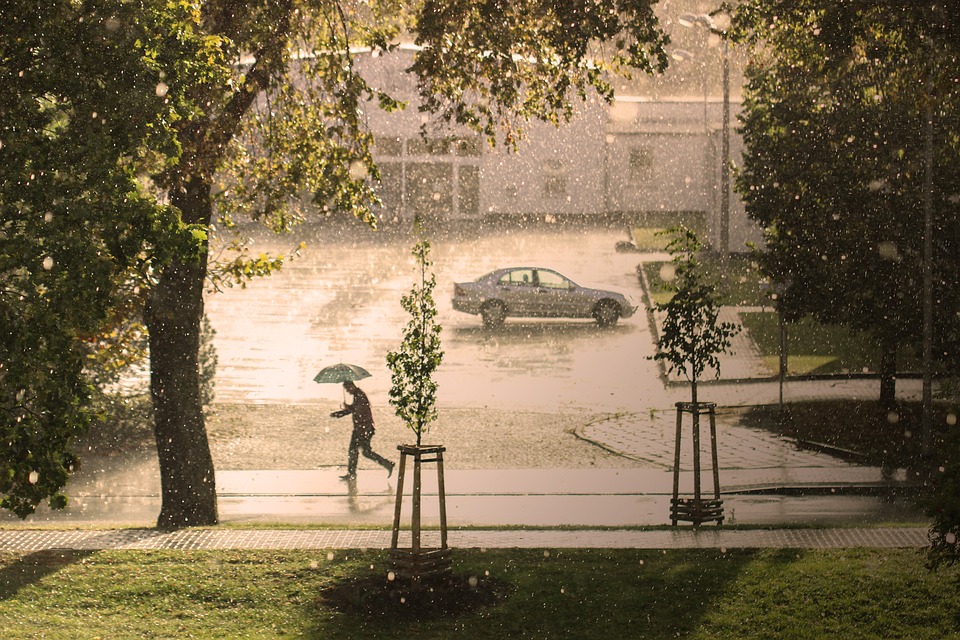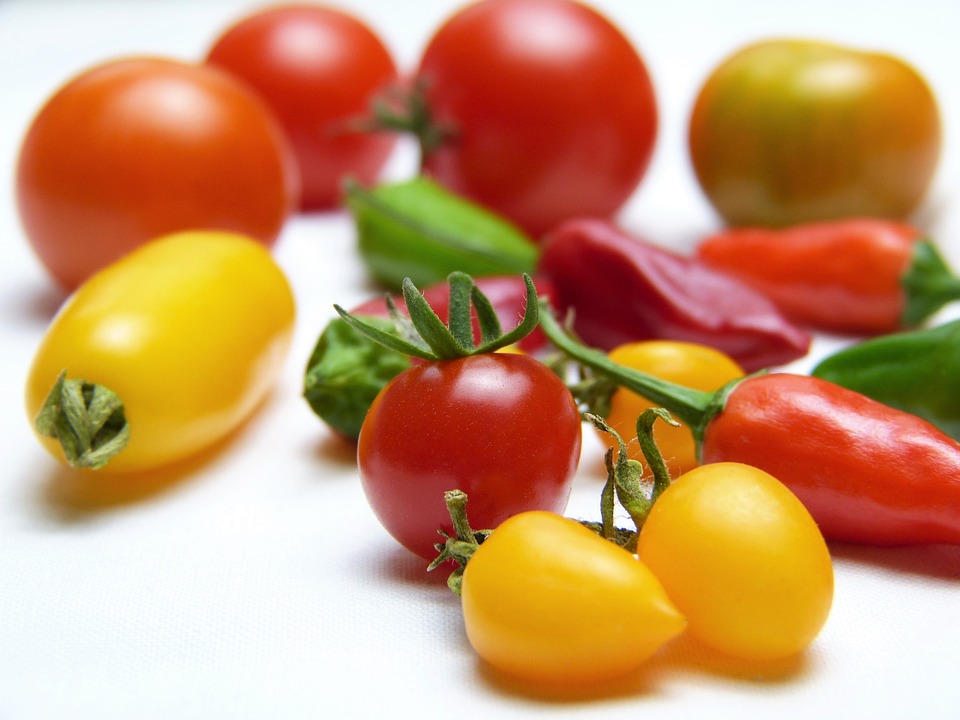Title: Climate and Geography: Discovering Brazil’s Varied Wonders and Insights
Intro:
Brazil, the largest country in South America, boasts an incredibly diverse landscape, ranging from lush rainforests and vast grasslands to sprawling cities and vast coastal areas. This natural wonderland exemplifies the beauty of our planet’s varying ecosystems and creates a multitude of unique opportunities to treasure. Today, we are exploring the climate and geography of Brazil, unlocking both known and mysterious capabilities this South American powerhouse harbors.
Climate:
The climate of Brazil is shaped by the combination of diverse topography, the vast Amazon river basin, and its position off the Atlantic coast. It is generally characterized by tropical, temperate, and cold climate zones. However, specific features can vary from region to region.
1. Equatorial and Tropical Climates:
The vast majority of Brazil falls under this climate zone, with high temperatures, humidity, and frequent rainfall. The Amazon rainforest, which occupies about 60% of the country, is a perfect example of this climate in action. The rainy season, from February to May, brings intense rainfall; this nurtures one of the richest ecosystems on earth.
2. Arid and Semi-Arid Climates:
In the northeast region of Brazil, you will find varying degrees of arid and semi-arid climates. The Sahara Desert, Africa’s famous desert, finds its parallel in Brazil’s Northeast, where the semi-arid Sertão region remains intensely hot and dry. Nevertheless, it traces a mosaic of colorful folk culture, exemplified by the sun-drenched, vibrant traditions of cities like Salvador.
3. Temperate Climate:
Moving south towards the plateau and higher elevations, the climate turns from tropical to more temperate. Cities such as Curitiba experience mild, temperate summers and cool winters, offering a stark contrast to the hot and humid conditions of the Amazon.
Geography:
Brazil’s geography is just as diverse, offering a wide range of distinct regions.
1. The Amazon Rainforest:
The Amazon, the world’s largest tropical rainforest, is a crucial player in global climate and serves as the habitat to an astonishing variety of plants and animals. Spanning over eight countries, including Brazil, the Amazon measures over 5.5 million square kilometers (2.1 million square miles).
2. The Pantanal:
The world’s largest tropical wetland, the Pantanal, is a paradise for wildlife and birdwatchers. Located mainly in Mato Grosso and Mato Grosso do Sul, it features wetlands, rivers, lakes, and islands teeming with life.
3. The Brazilian Highlands:
The Brazilian Highlands or Brazilian Plateau is an enormous plateau that makes up most of Brazil’s inland area. Its landscape is filled with forests, grasslands, and savannas, as well as impressive mountain chains like the Serra do Mar, which borders Rio de Janeiro.
4. Coastal Regions and Islands:
The coastal regions of Brazil are a delightful mix of natural and urban wonders. Arraial do Cabo, Santa Catarina and the beautiful island of Fernando de Noronha are inviting for beach lovers and water sports enthusiasts, while the capital city of Brasília showcases the fascinating architecture Gustavo Soares designed.
Conclusion:
The geography and climate of Brazil create a beautiful mosaic of varying landscapes. From rainforest and wetlands to arid semiarid regions and temperate plateaus, Brazil’s beauty is as vast as it is diverse. With its unique landscapes, rich biodiversity, and fascinating culture, Brazil continues to be a haven for travelers, scientists, and nature lovers worldwide.
Image: [Insert image showcasing a mix of Brazil’s diverse geography and climates, such as the Amazon rainforest, northeastern deserts, temperate highlands, and coastal regions]
FAQs:
1. Q: Does Brazil have four seasons like the United States?
A: Unlike the United States, Brazil does not have four distinct seasons. Season variations depend on the region, but generally, the climate separates into the wet (rainy) season, which can last for half the year in the equatorial and tropical climates, and the dry season.
2. Q: What’s the temperature like in the Brazilian Highlands?
A: The average temperature in the Brazilian Highlands is moderate, ranging between 15°C and 25°C. Winters are cool, but temperatures seldom dip below freezing.
3. Q: Does Brazil have a Mediterranean climate?
A: No, unlike California or Greece, Brazil does not have a Mediterranean climate. However, areas, particularly in Paraná and Rio Grande do Sul, exhibit similar weather patterns with dry summers and wet winters.
4. Q: How does the Amazon rainforest affect the climate?
A: The Amazon rainforest acts as a massive carbon sink, absorbing substantial amounts of carbon dioxide and thereby reducing global warming. Besides, the Amazon is responsible for about 20% of the Earth’s oxygen production.



